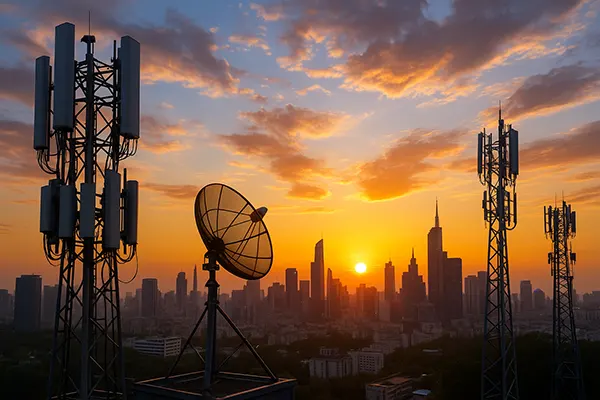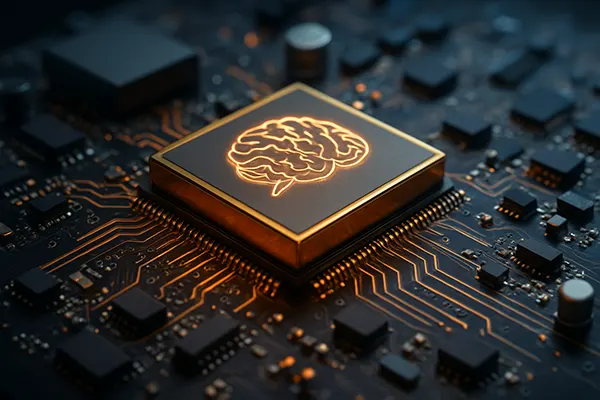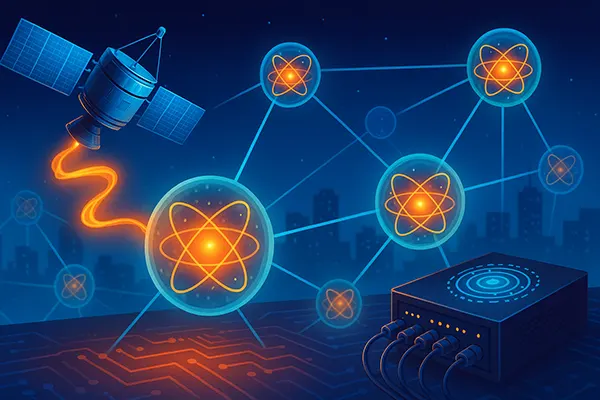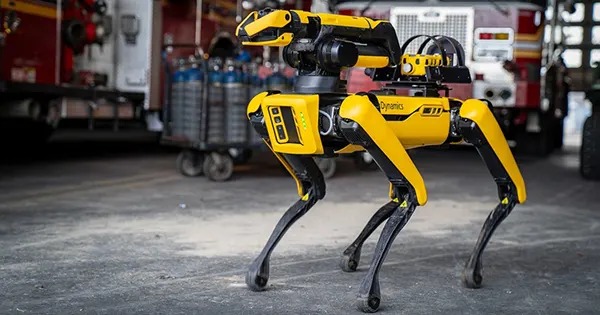
Boston Dynamics Spot: Autonomous Four-Legged Robot Revolutionising Robotics
Boston Dynamics has been at the forefront of robotic innovation, creating machines that redefine our understanding of automation and mobility. Among their most notable creations is Spot, an autonomous four-legged robot that has revolutionised industries ranging from construction to public safety. Spot is a versatile robot designed to adapt to different environments, navigate complex terrains, and perform various tasks, making it an essential tool in various sectors.
Capabilities and Features of Spot
Spot stands out due to its remarkable mobility and adaptability. Unlike traditional robots, Spot operates effectively across diverse terrains, including gravel, stairs, and uneven surfaces. Equipped with advanced sensors, Spot navigates autonomously, avoiding obstacles and ensuring seamless operation even in challenging environments. It can traverse rough terrain, climb stairs, and move through narrow spaces, all while maintaining its balance. This makes Spot ideal for tasks where human mobility would be limited or dangerous, such as inspecting construction sites or exploring disaster zones.
Autonomous Navigation
Spot’s autonomy is powered by state-of-the-art perception software and hardware. Using LIDAR and stereoscopic cameras, Spot builds a detailed map of its surroundings, enabling it to move safely without human intervention. This capability is crucial for tasks in hazardous areas where human access is limited or risky. The robot’s ability to navigate autonomously also allows it to operate for long periods, collecting valuable data or performing tasks without requiring constant human oversight. As a result, Spot is able to work in environments that are too dangerous, remote, or complex for humans to access, expanding the range of possibilities for robotic applications.
Applications Across Industries
Spot’s versatility makes it a valuable tool in various sectors. From inspecting industrial sites to enhancing public safety, its ability to operate in extreme conditions is unparalleled. The robot has been deployed to monitor power plants, conduct rescue missions, and even deliver medical supplies in remote regions. Spot’s ability to carry multiple payloads, including cameras, sensors, and tools, further enhances its functionality, making it adaptable to a variety of tasks across different industries.
Construction and Infrastructure
In construction, Spot is employed to track progress, scan building sites, and detect potential hazards. Its ability to carry cameras and sensors ensures that engineers and architects receive real-time data, reducing delays and enhancing safety standards. Spot’s precise movements and real-time data collection allow for detailed site inspections, providing insights that would otherwise require human workers to risk their safety. By reducing the need for human presence in hazardous locations, Spot improves both efficiency and safety on construction sites. Additionally, Spot’s ability to autonomously navigate large areas provides an extra layer of oversight, ensuring that potential issues are identified and addressed early in the project.
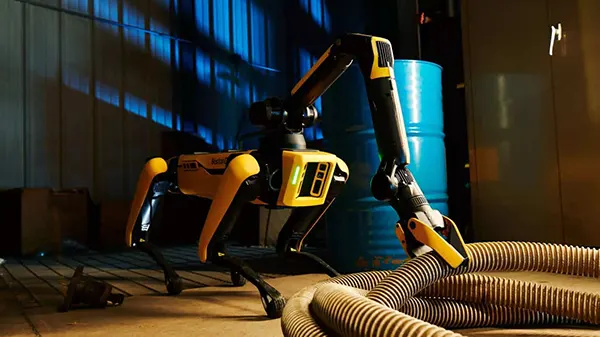
Spot and the Future of Robotics
Spot is more than just a robot; it is a glimpse into the future of robotics. Its development reflects Boston Dynamics’ commitment to creating machines that enhance human capabilities. With continuous updates, such as integration with artificial intelligence and improved payload options, Spot remains at the cutting edge of technological advancement. As artificial intelligence improves, Spot will be able to carry out more complex tasks with minimal human intervention. This could pave the way for fully autonomous robots that can perform jobs traditionally done by humans, transforming industries such as manufacturing, logistics, and healthcare.
Ethical Considerations and Challenges
While Spot’s capabilities are groundbreaking, its adoption raises ethical questions. How should robots like Spot be regulated? What safeguards should be implemented to ensure responsible use? These are essential considerations as robotics continue to evolve and permeate various aspects of society. As with all powerful technologies, there is potential for misuse or unintended consequences. The ethical implications of deploying autonomous robots must be carefully considered to prevent harm. Ensuring that Spot and similar robots are used in a responsible manner requires input from various stakeholders, including governments, industry leaders, and ethicists, to establish frameworks for safe and equitable deployment.


